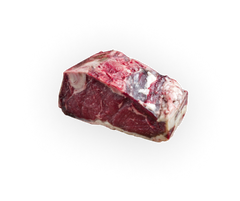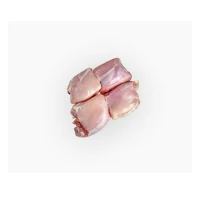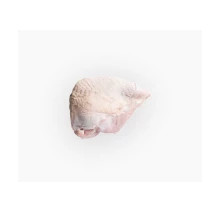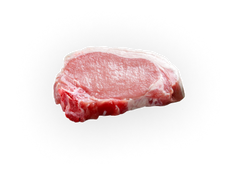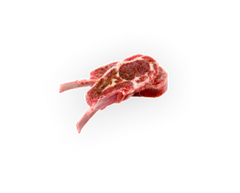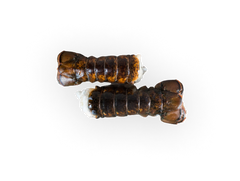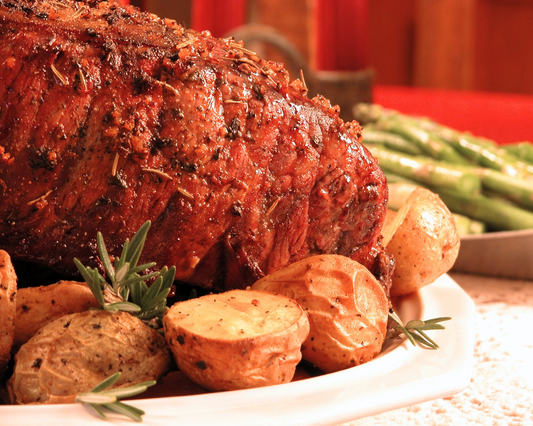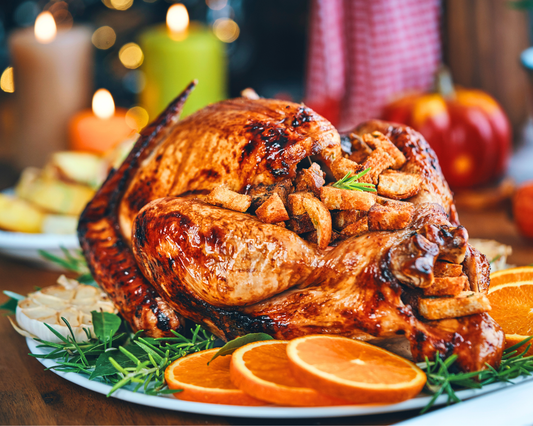In the world of culinary arts, trends come and go, but some traditional ingredients stand the test of time, resurfacing to captivate the taste buds of a new generation. One such culinary treasure making a comeback in recent years is beef tallow. Once relegated to the sidelines, this rendered fat is stepping back into the spotlight, not only for its rich flavor but also for its versatility and health benefits.
The Culinary Renaissance
Beef tallow, rendered from the suet (hard fat) of cattle, has been a staple in kitchens for centuries. However, as the culinary landscape evolved and the focus shifted towards leaner alternatives, this traditional fat fell out of favour. With the resurgence of interest in traditional and whole foods, chefs and home cooks alike are rediscovering the magic of beef tallow.
Flavour Profile
One of the most compelling reasons behind the renewed interest in beef tallow is its unmatched flavor profile. When properly rendered, beef tallow imparts a deep, savory richness to dishes that is hard to replicate with other fats. Its distinct taste elevates everything from roasted vegetables to fried foods, creating a unique and memorable dining experience.
Versatility in Cooking
Beef tallow's versatility in the kitchen is another factor driving its comeback. Unlike some fats that have specific applications, beef tallow can be used for various cooking methods. Its high smoke point makes it ideal for deep frying, producing crisp and flavorful results. Additionally, chefs appreciate its ability to enhance the taste and texture of roasted and sautéed dishes.
Health Benefits
Contrary to the misconception that all saturated fats are unhealthy, beef tallow contains a balanced composition of saturated and unsaturated fats. It is a natural source of conjugated linoleic acid (CLA), which has been associated with potential health benefits, including anti-inflammatory properties and support for heart health. When sourced from grass-fed cattle, beef tallow also contains essential nutrients such as omega-3 fatty acids and fat-soluble vitamins.
Sustainability and Nose-to-Tail Cooking
As the culinary world becomes increasingly focused on sustainability and reducing food waste, beef tallow aligns with the principles of nose-to-tail cooking. Utilizing the entire animal ensures that no part goes to waste, promoting a more ethical and eco-friendly approach to food consumption. By rendering beef tallow at home or sourcing it from responsible suppliers, cooks can contribute to a more sustainable food system.
How to Use Beef Tallow in Your Kitchen
For those eager to embrace the beef tallow renaissance, incorporating it into your cooking is simpler than you might think. From frying crispy french fries to sautéing vegetables and even using it as a flavourful base for stews and soups, the possibilities are vast. Homemade beef tallow can be easily prepared by slow-cooking beef fat, straining it, and storing the golden liquid in jars for future use.
Beef tallow's comeback is a testament to the cyclical nature of culinary trends. As chefs and home cooks rediscover the unmatched flavour, versatility, and health benefits of this traditional fat, it's clear that beef tallow is here to stay. So, the next time you're in the kitchen, consider reaching for this golden elixir to elevate your dishes and connect with a rich culinary heritage that spans centuries.
Order Grass Fed and Finished Beef Tallow
